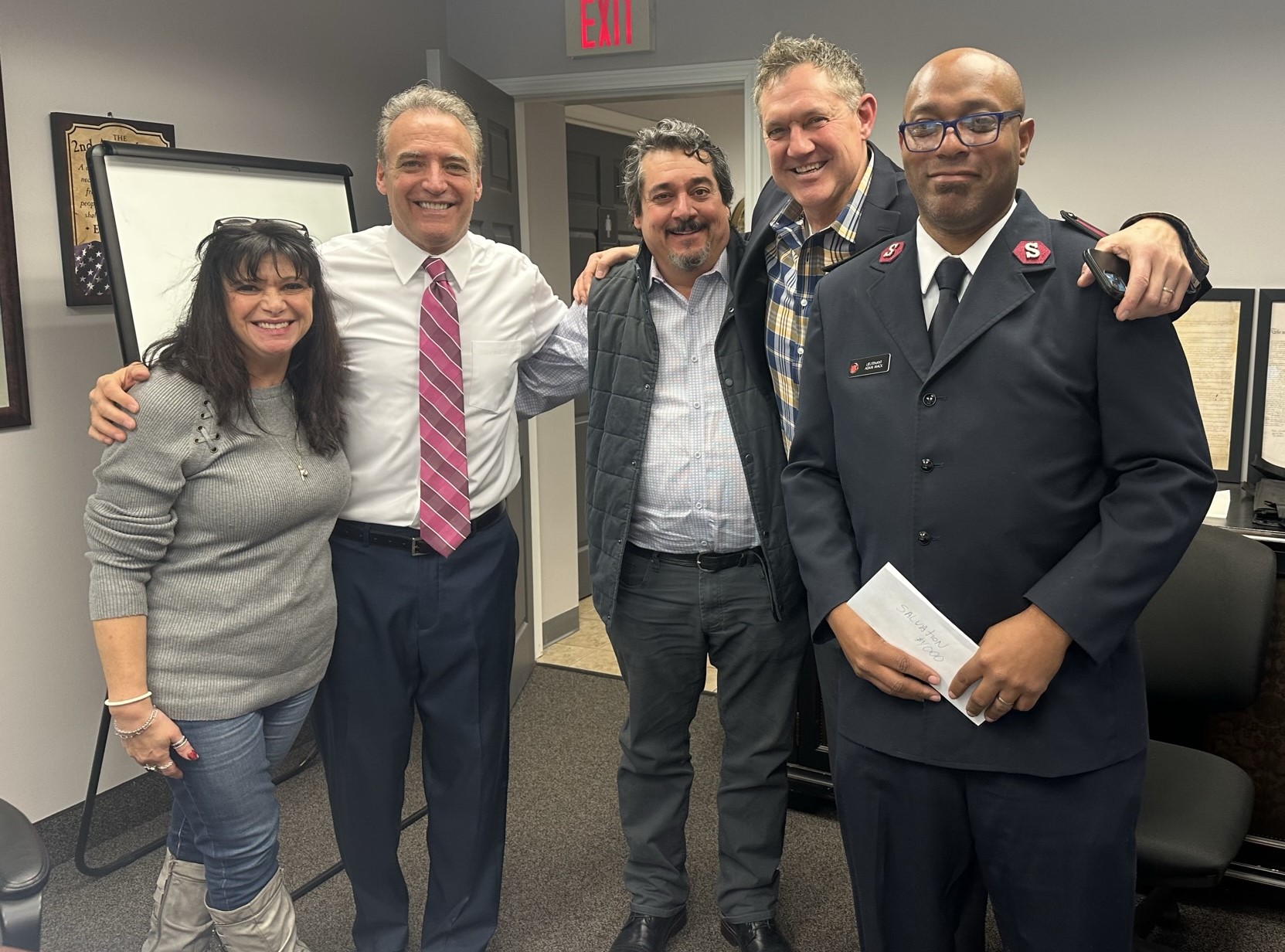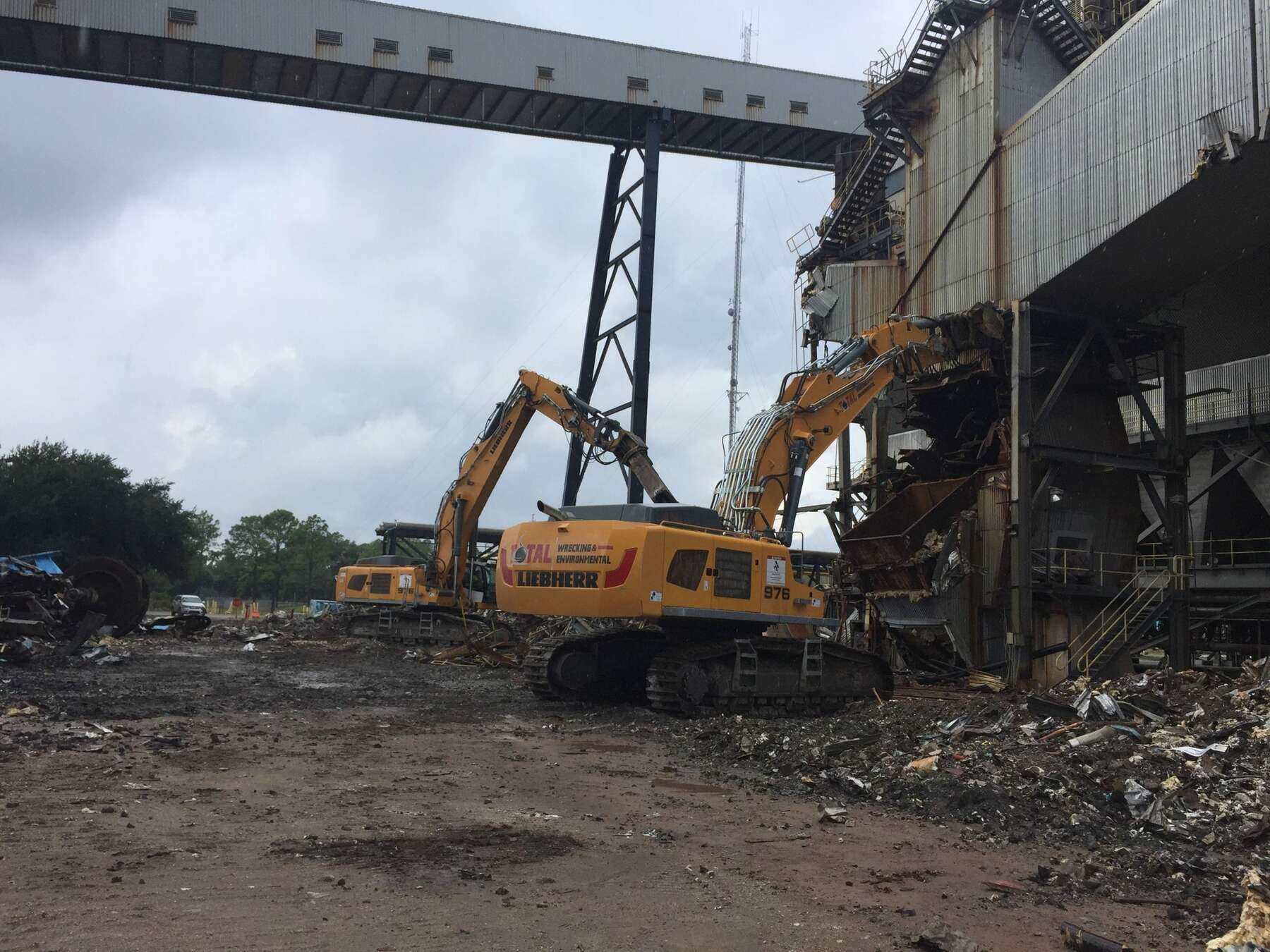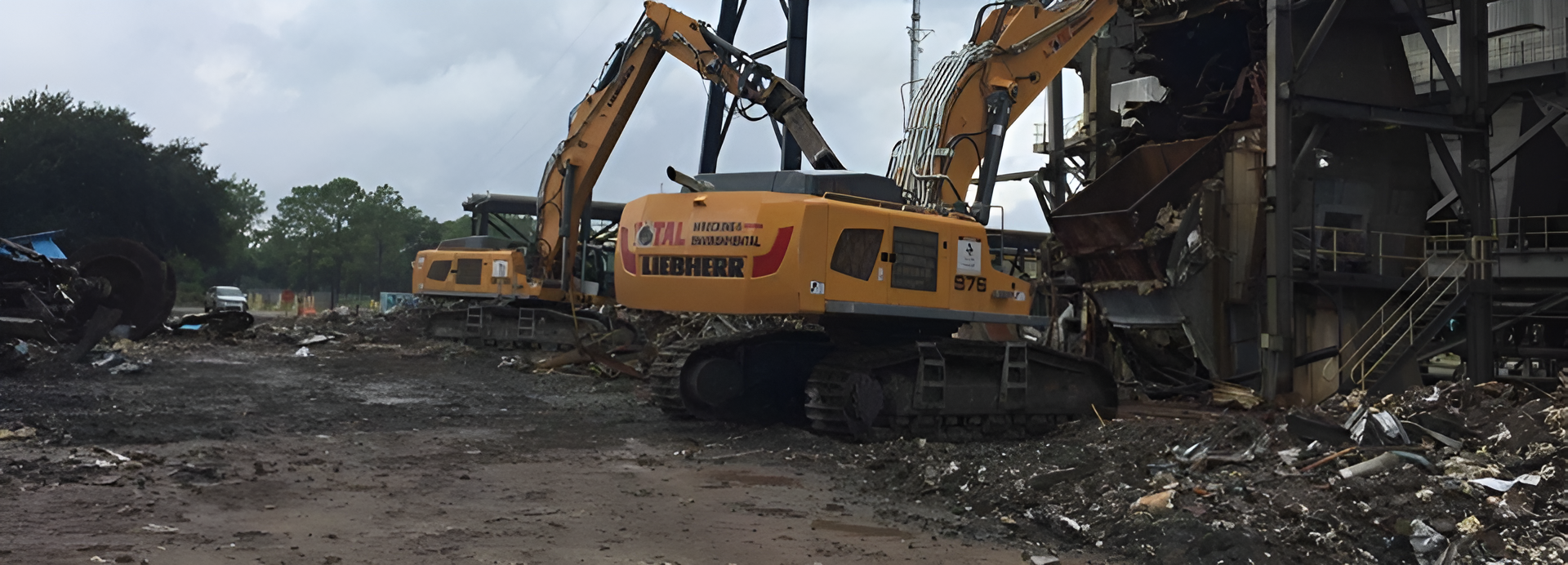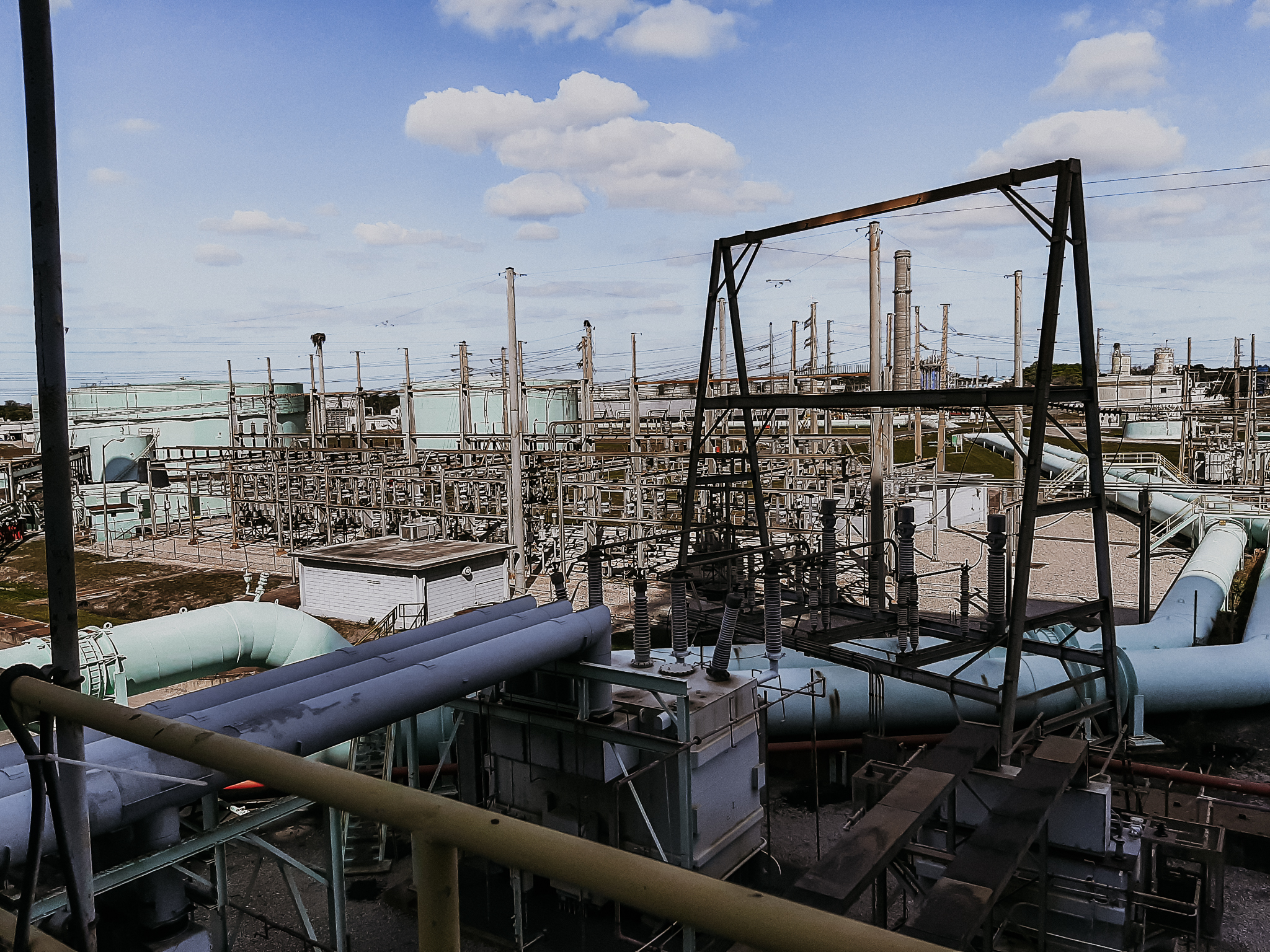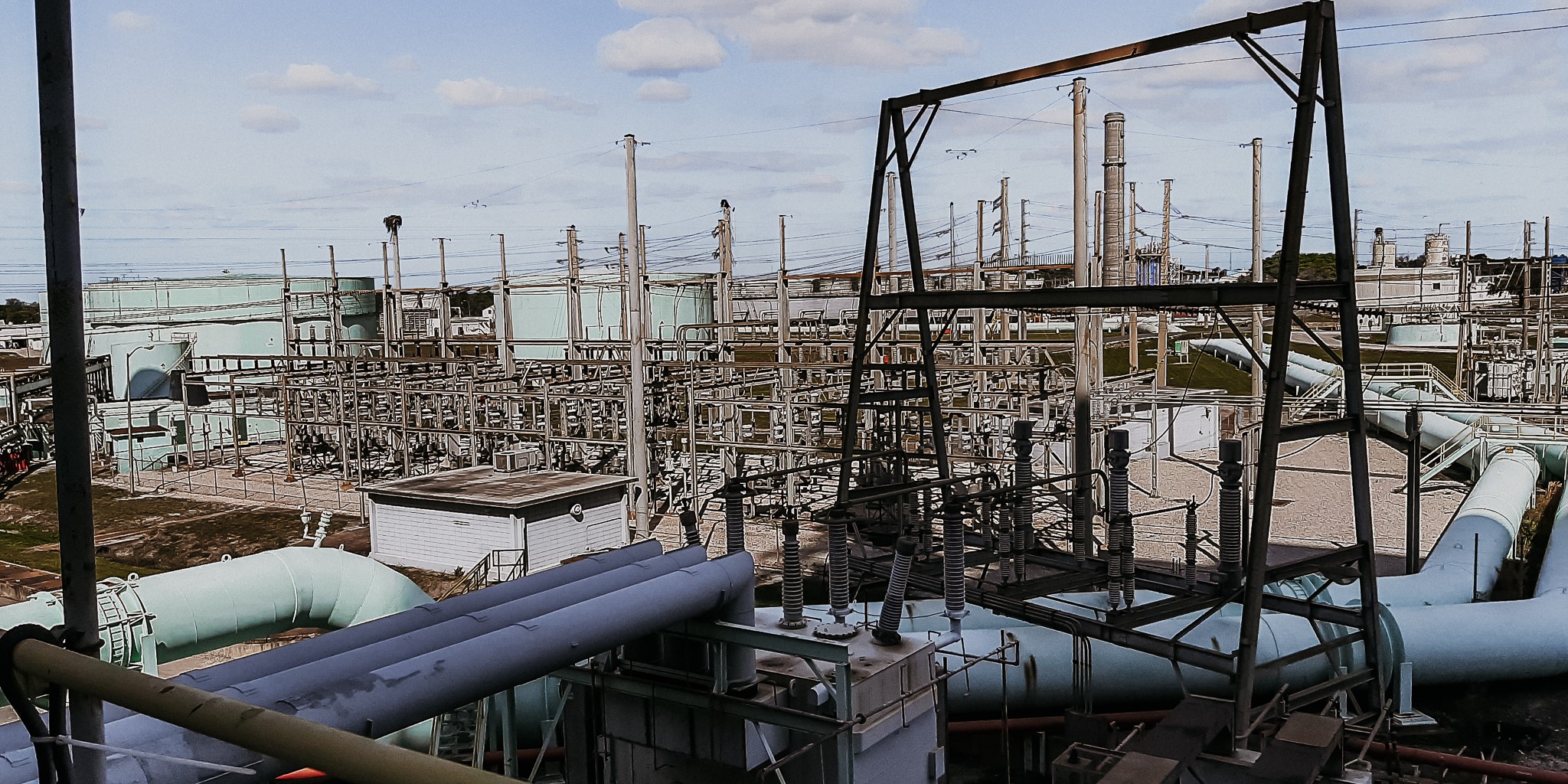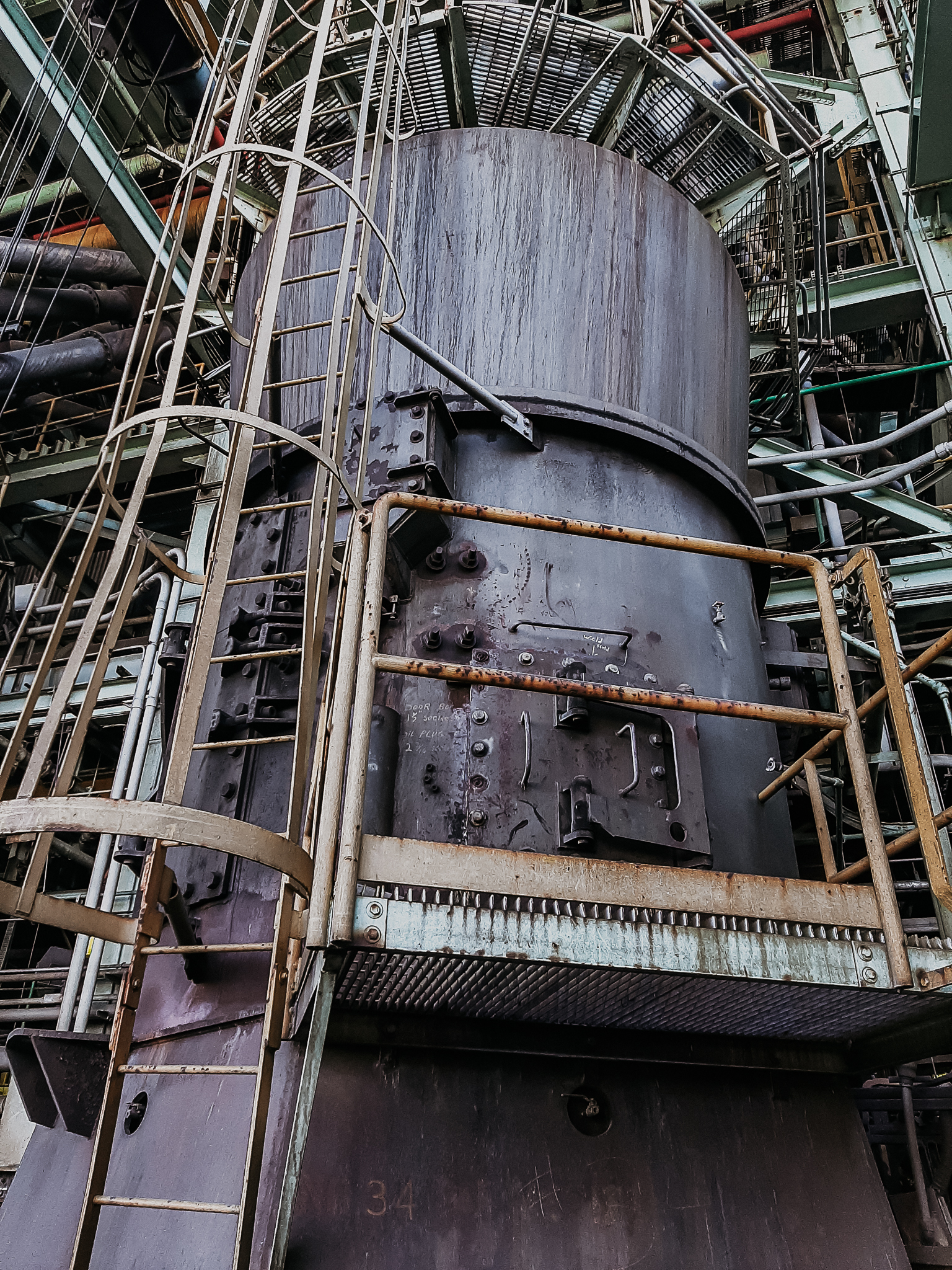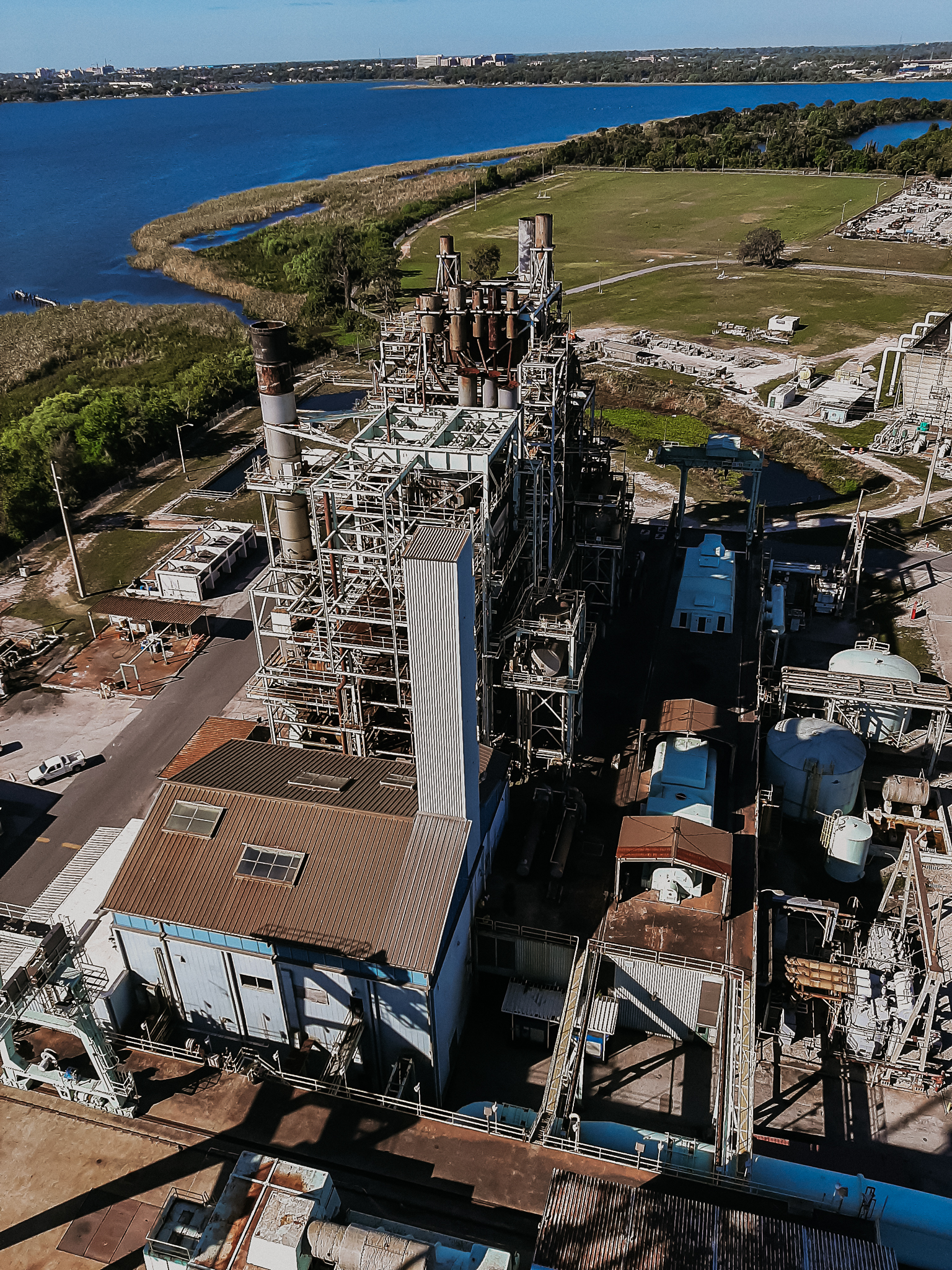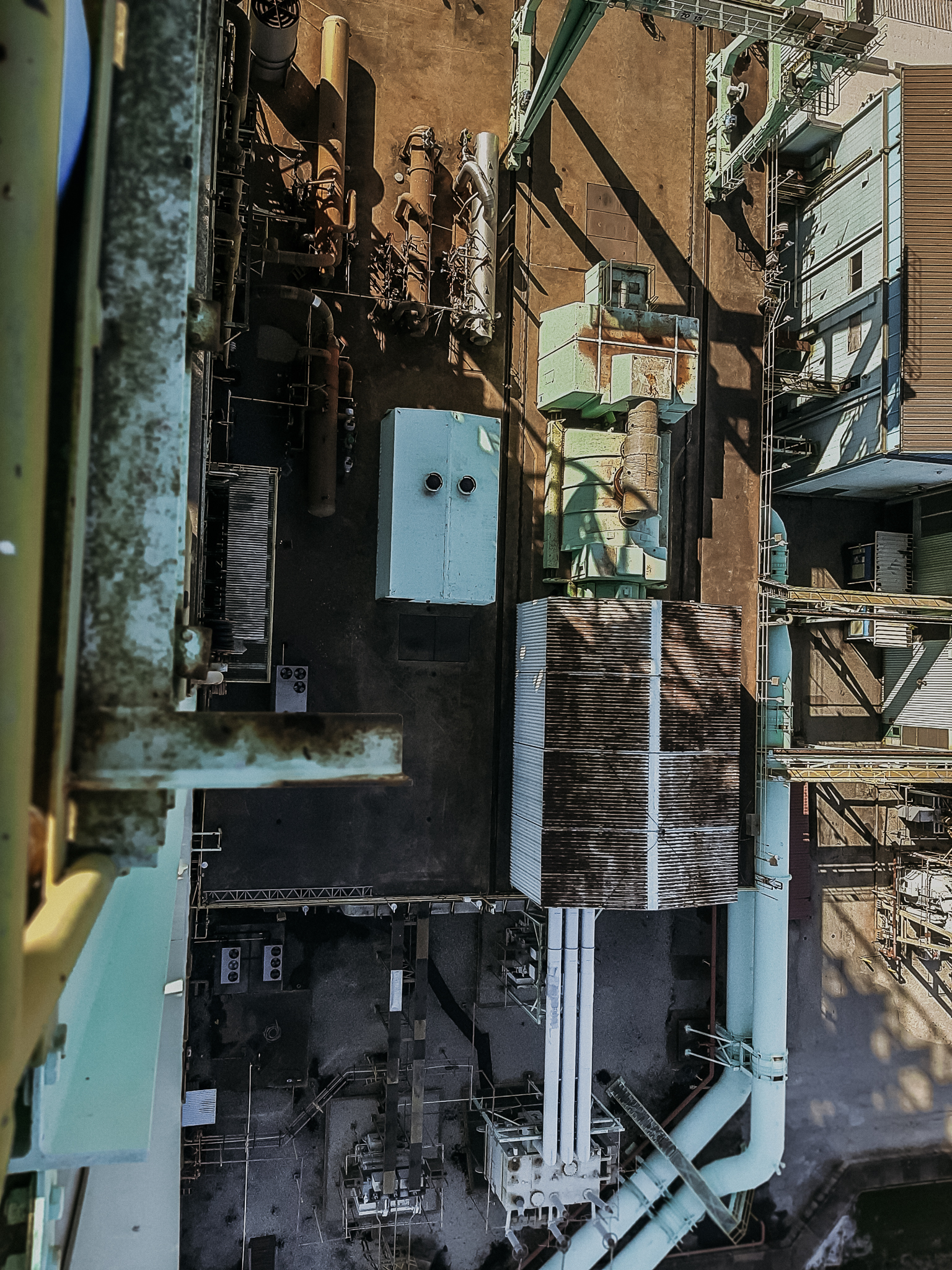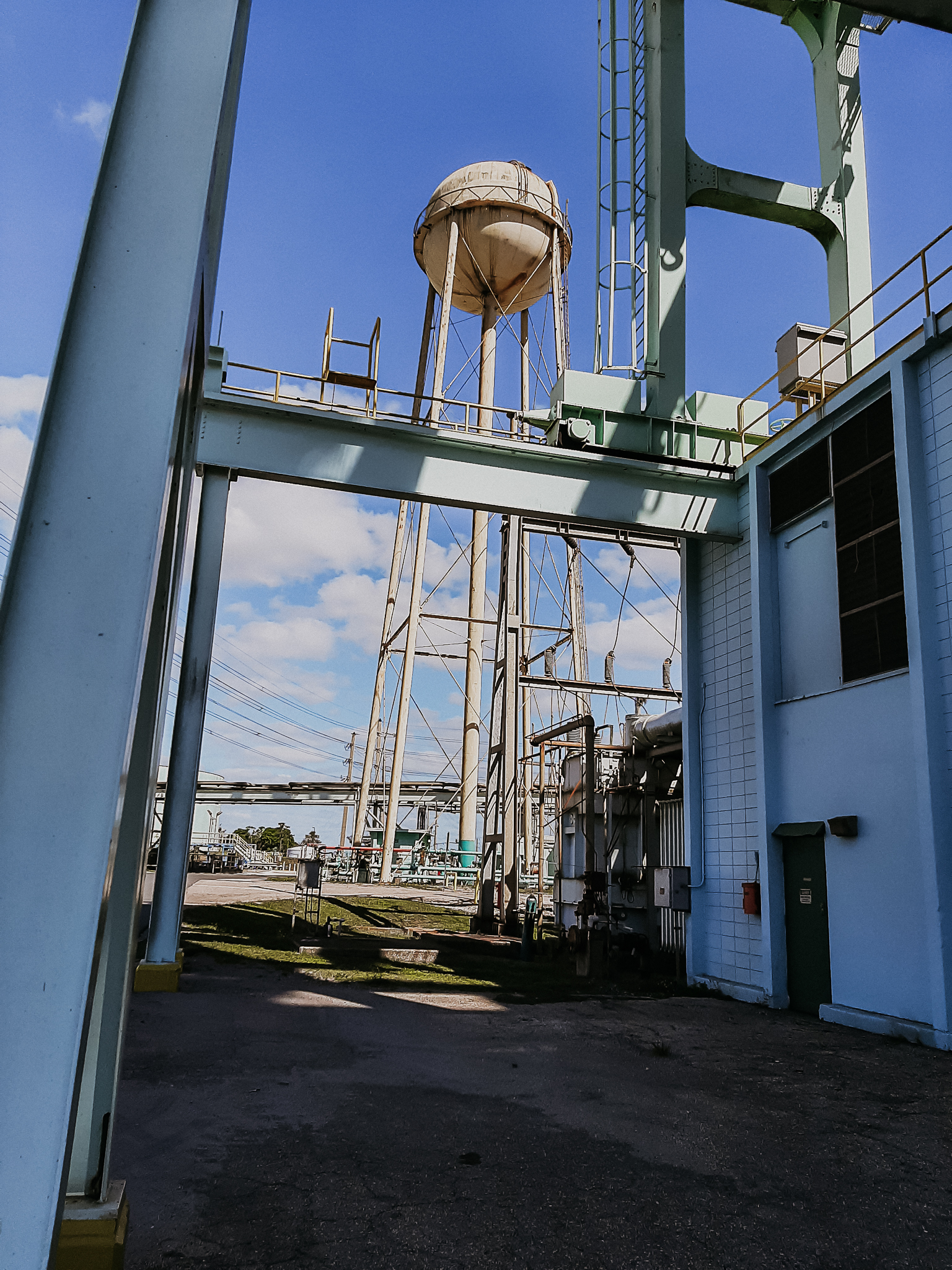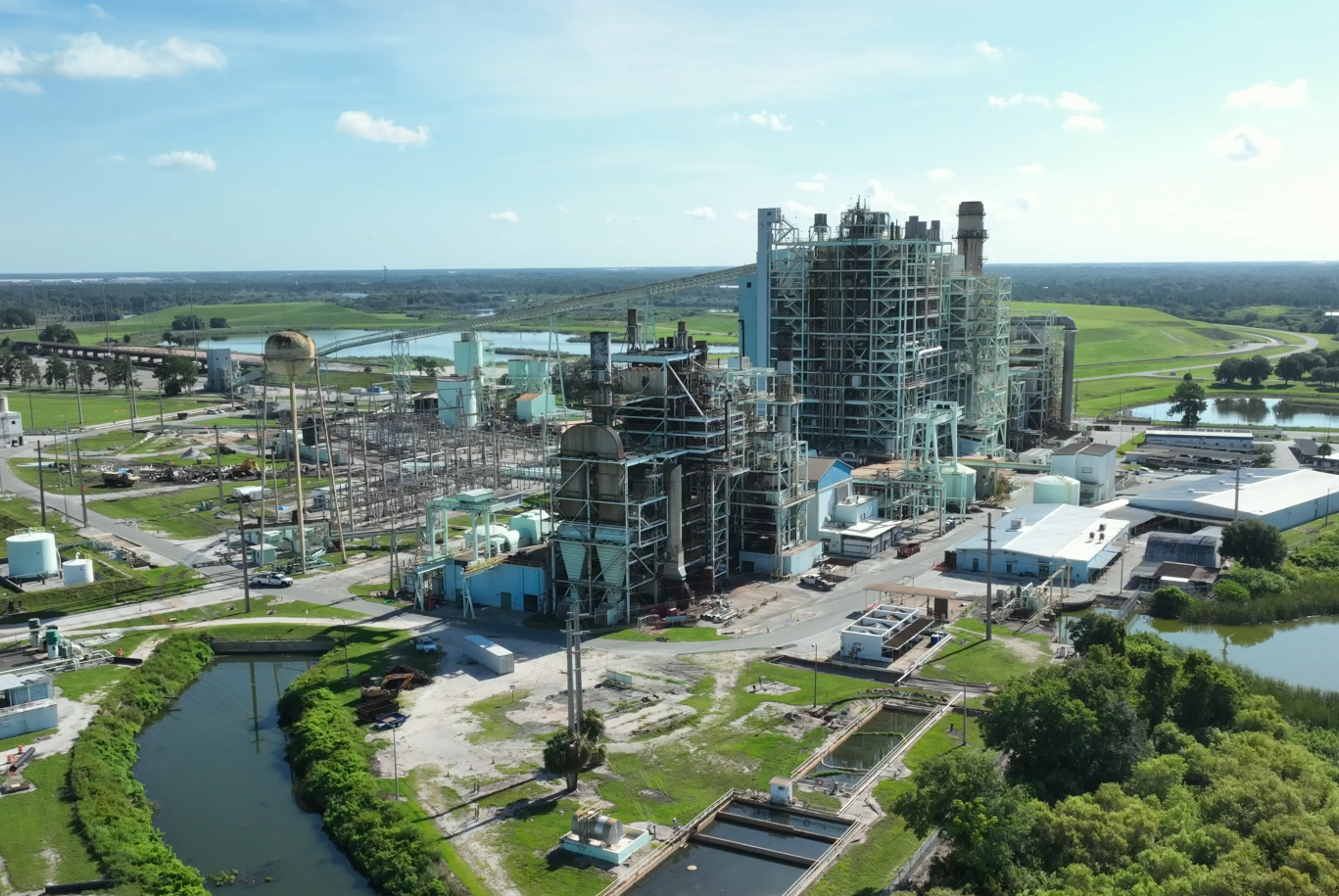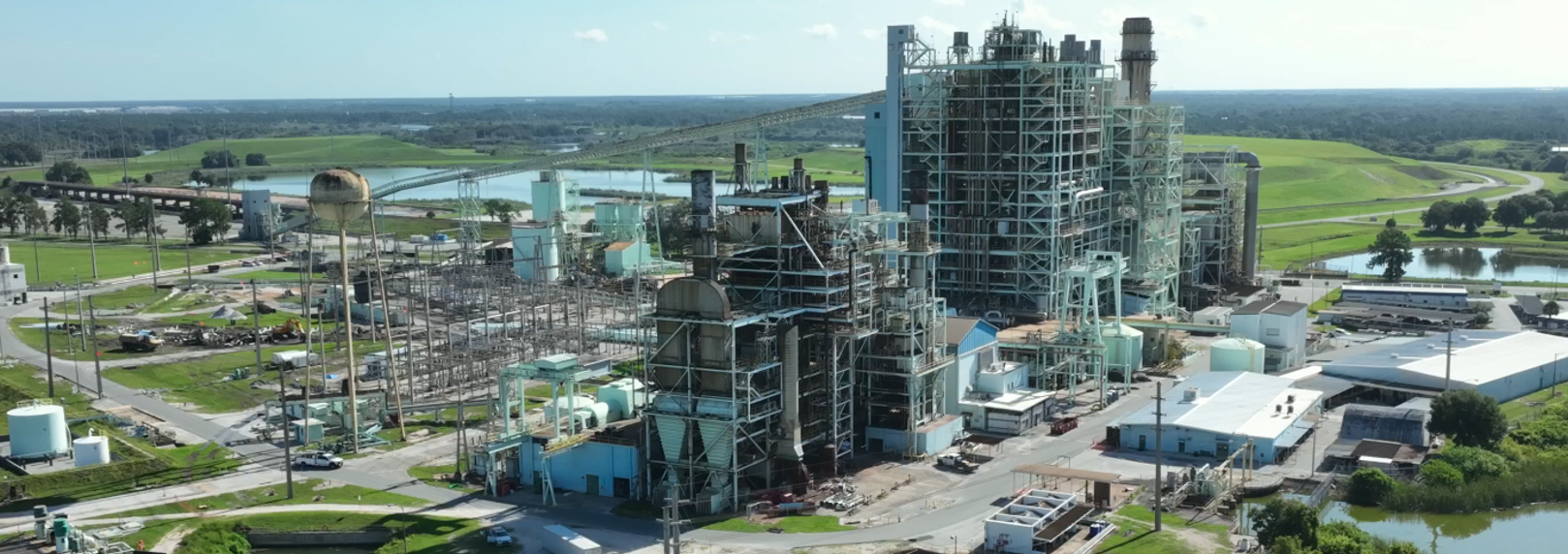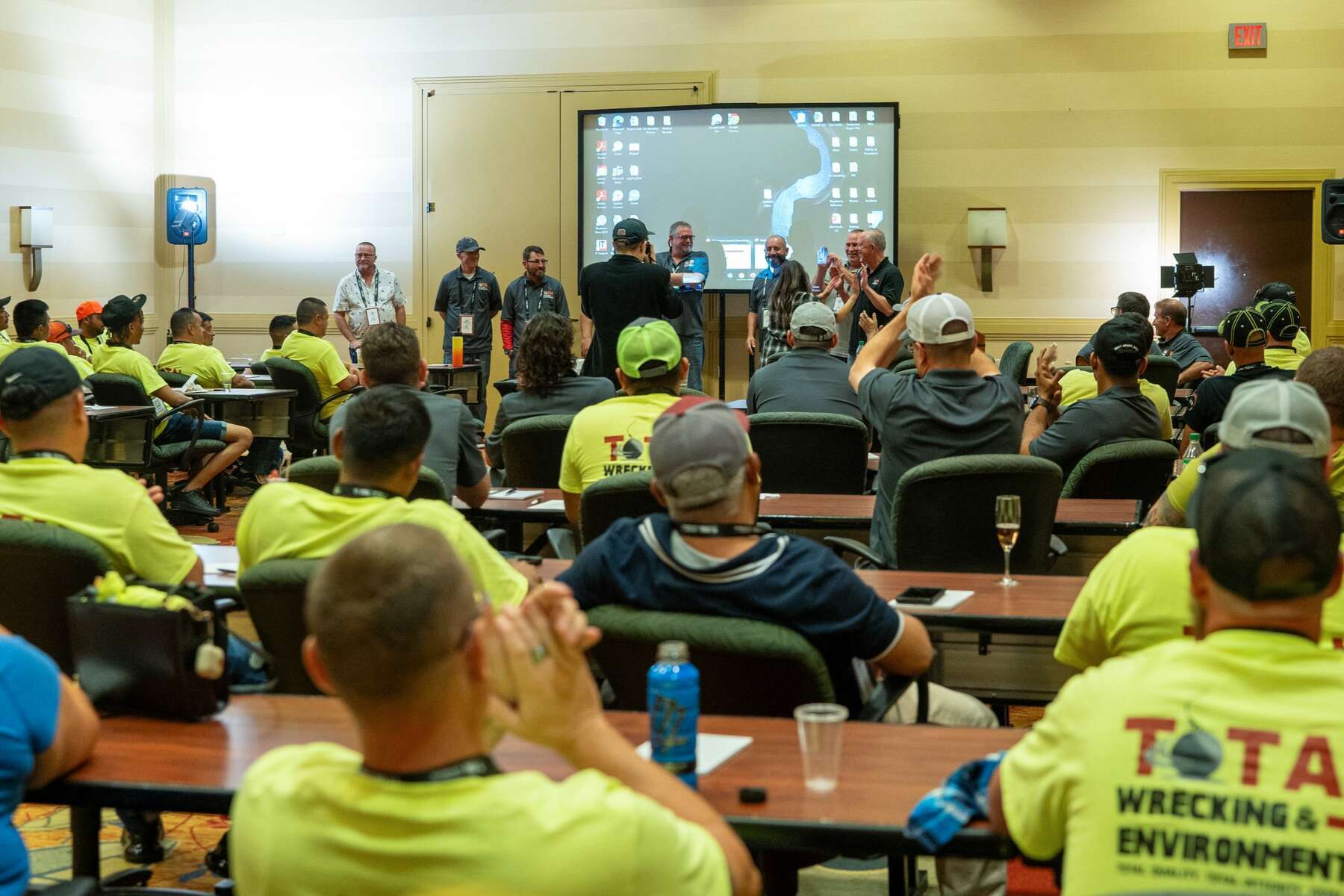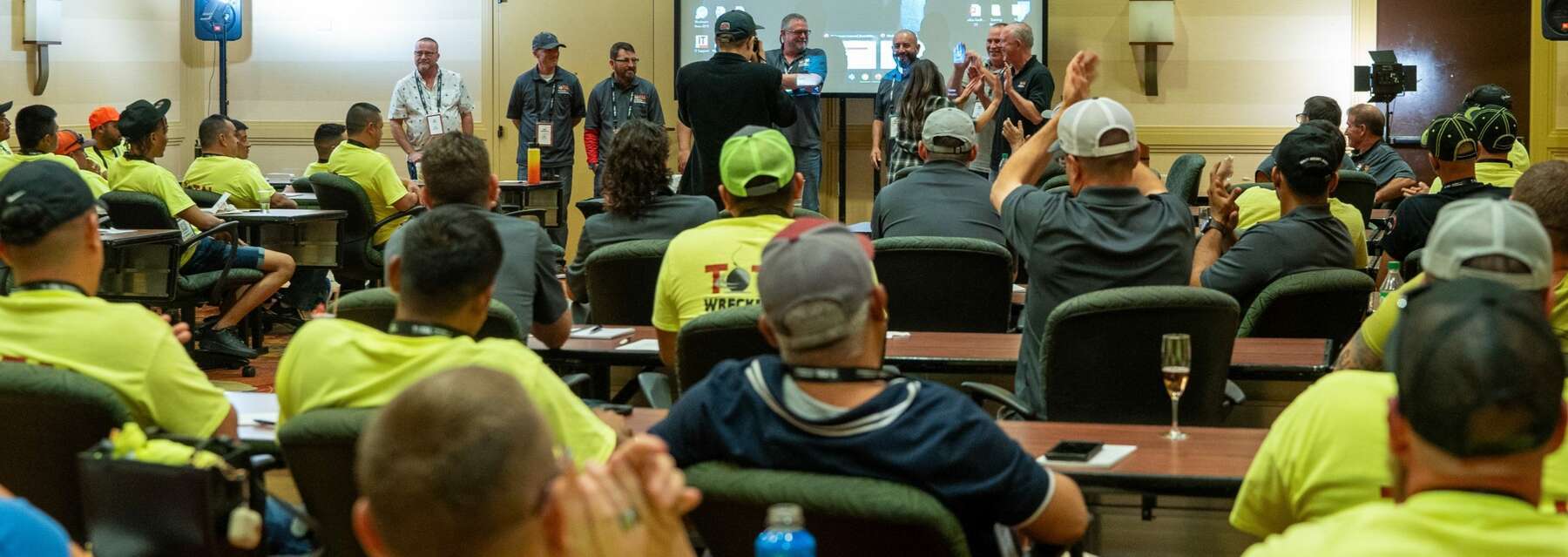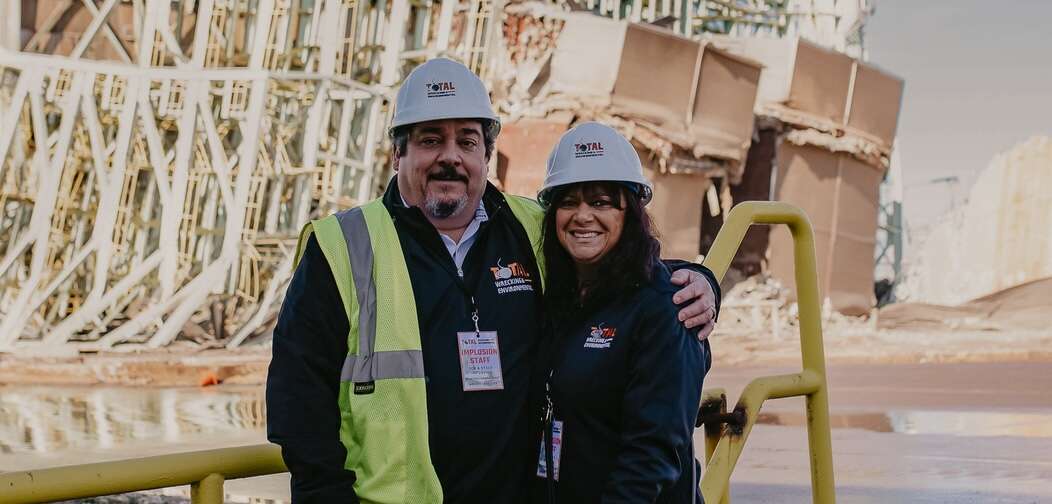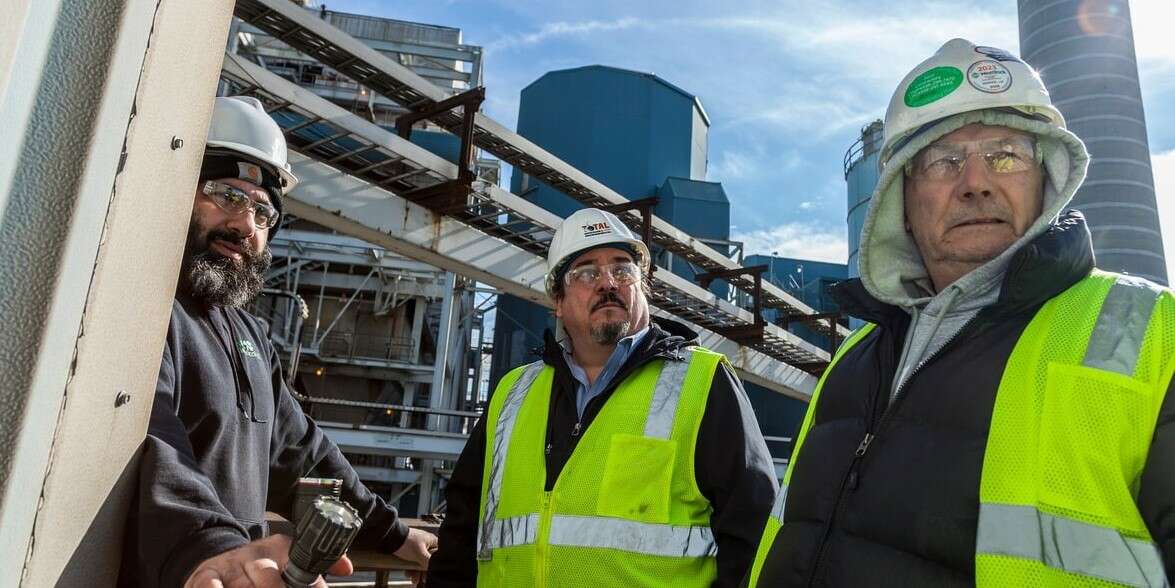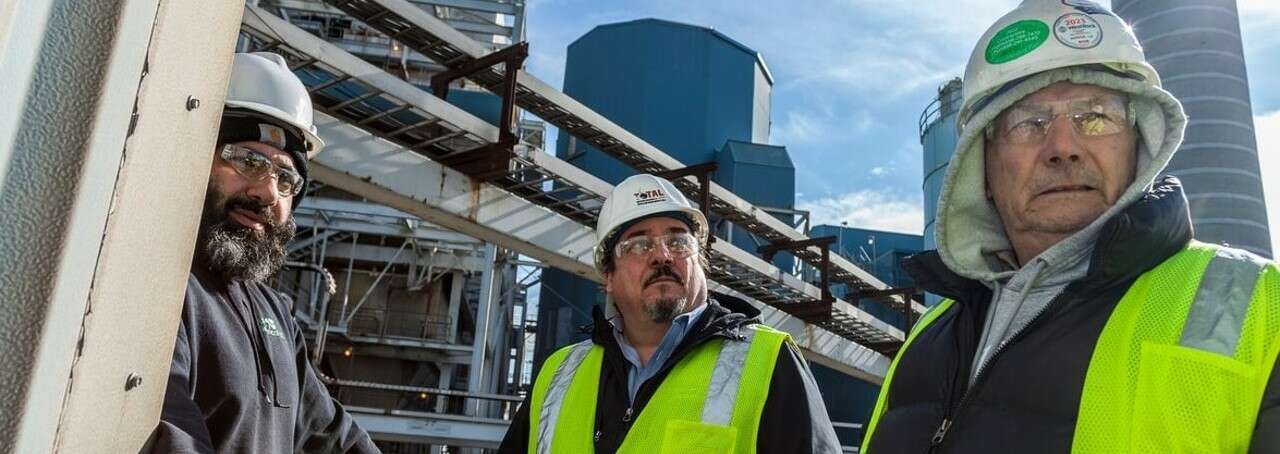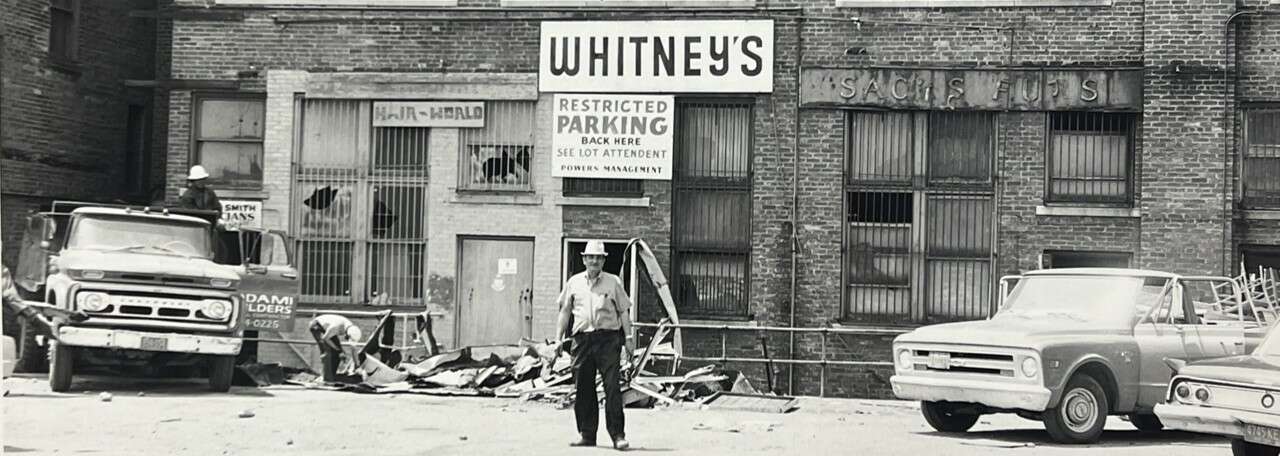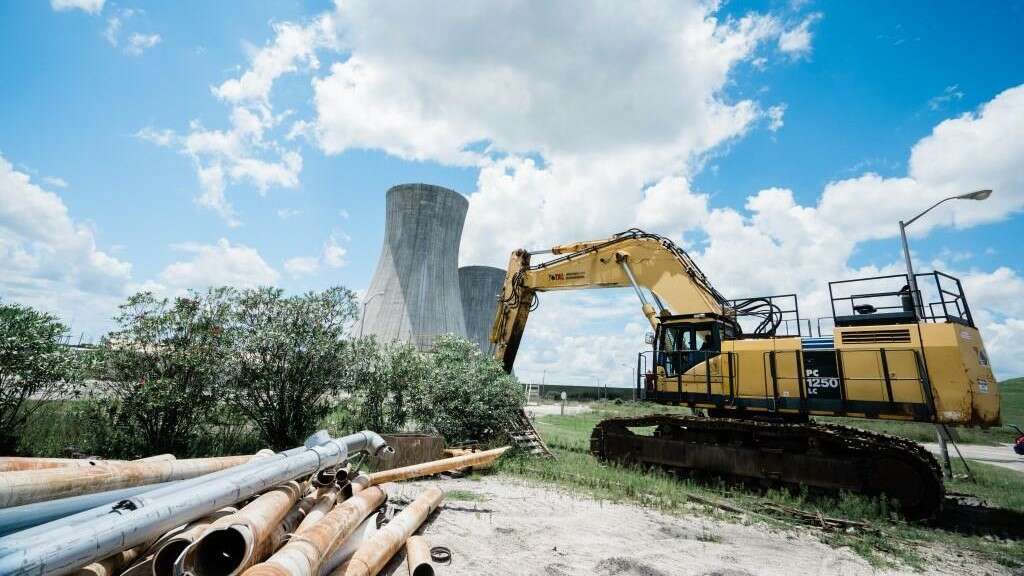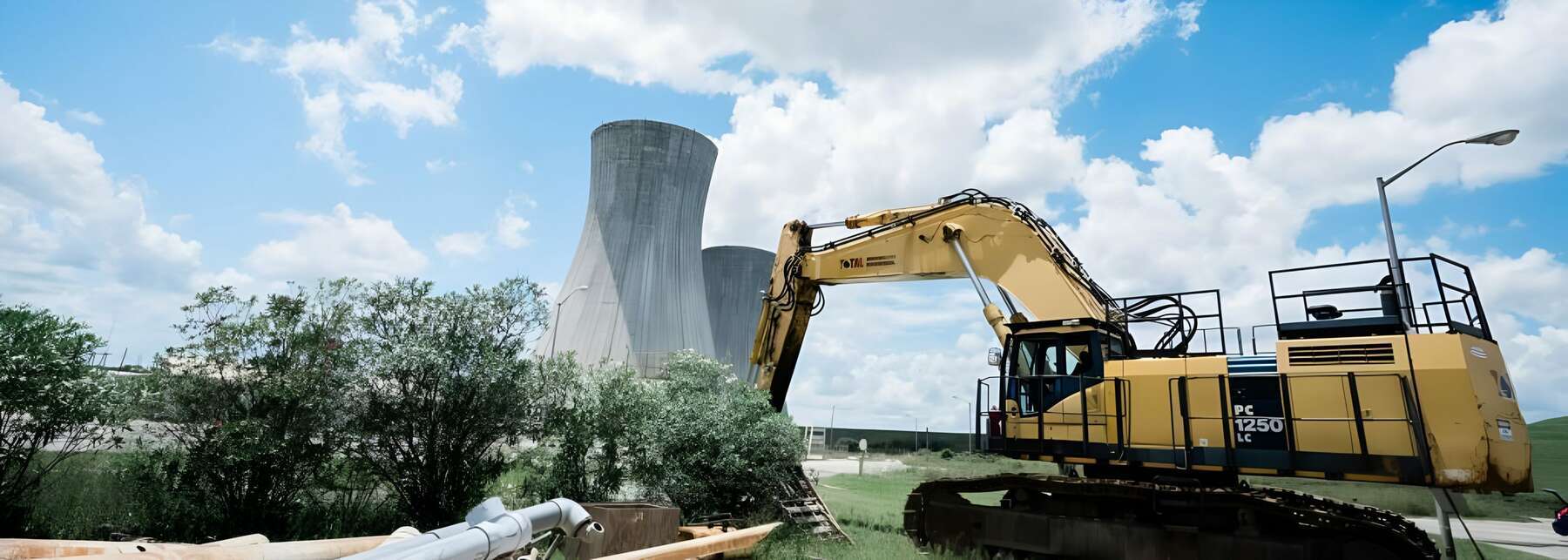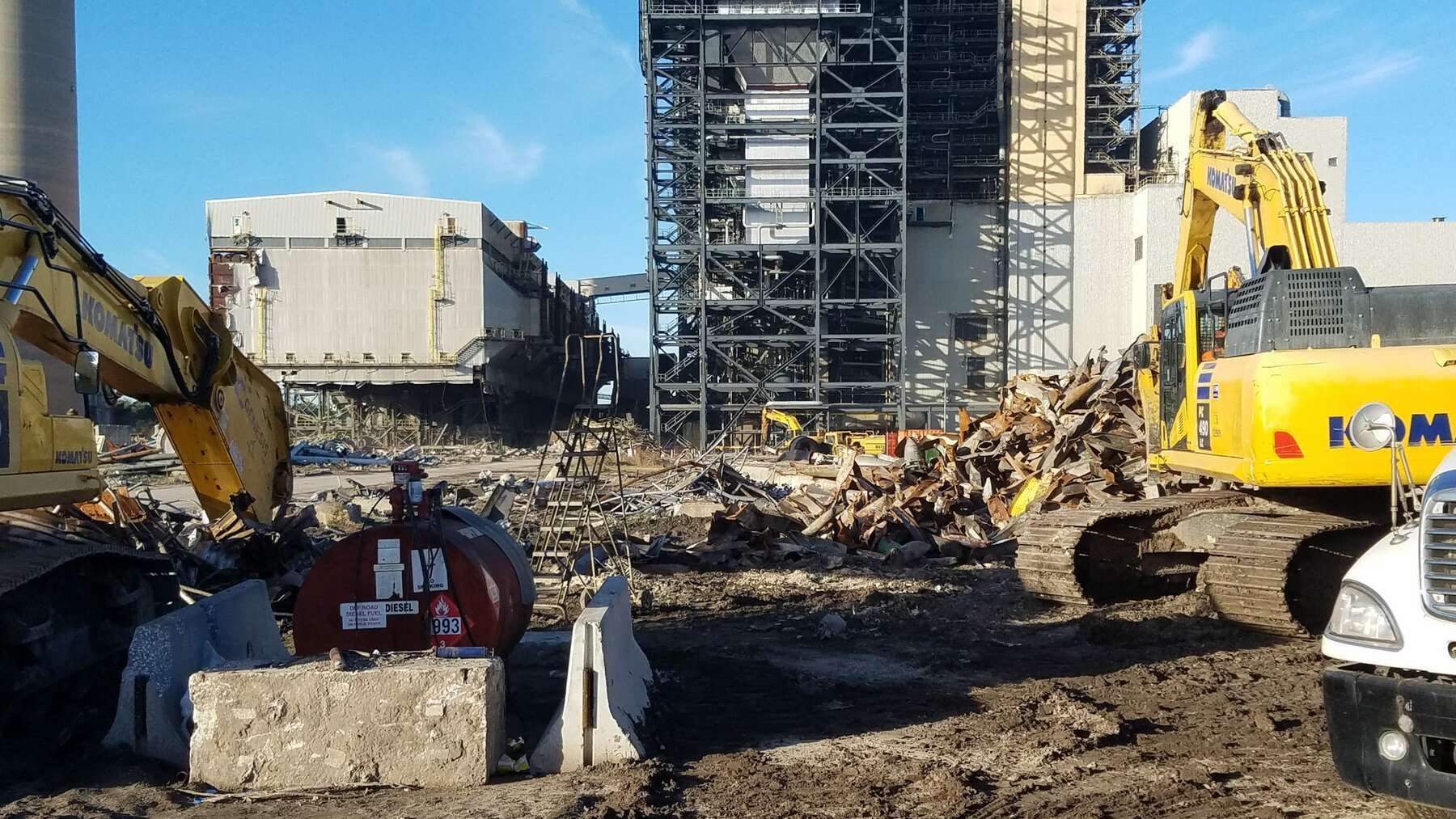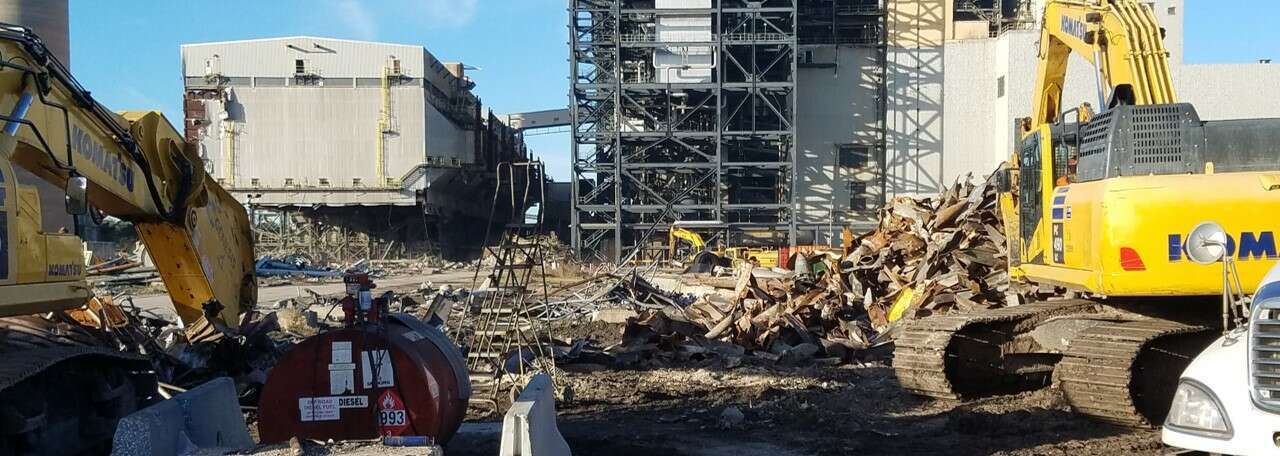
INTRODUCTION
When you think of demolition, the image that might come to mind is one of powerful machines, epic plumes of dust, and towering structures crumbling to earth. But for Total Wrecking, there’s another layer to the story—one that builds up communities and people, not just structures. This is a story of giving, woven into the company’s fabric, reaching far beyond the boundaries of business and into the heart of the communities they serve.
The inspiration for Total Wrecking’s charitable endeavors comes from a very personal place. Frank, one of the founders, recalls a pivotal experience early on with a local food bank that planted the seeds for the company’s philanthropic mission.
Today, it continues to drive the team’s passion for helping those who need it most.
A PERSONAL MISSION THAT SPARKED A COMPANY-WIDE MOVEMENT
The roots of Total Wrecking’s commitment to giving back are deeply personal and intertwined with the life experiences of its founders.
Frank’s early life was marked by significant hardship, including a period when he had to rely on a food bank just to get by. During this time, he lived in a friend’s attic, took odd jobs, and painted houses to make ends meet, which profoundly shaped his empathy and commitment to helping those in need.
Similarly, Sandy’s story is one of perseverance and resilience. Her mother, an immigrant from Sicily, arrived in the U.S. alone at 18, with little knowledge of English and limited resources. She worked tirelessly in a candy factory to support herself and her daughters.
These experiences of overcoming adversity are at the heart of Total Wrecking’s mission to support communities facing similar struggles. Frank and Sandy’s shared backgrounds of resilience continue to fuel the company’s philosophy of paying it forward.
EMPOWERING EMPLOYEES TO MAKE A DIFFERENCE
Total Wrecking’s philanthropic efforts go beyond monetary donations. Recent initiatives, like their involvement in relief for Hurricane Helene, raised over $15,000 to support impacted communities through the organization Eight Days of Hope.
Just recently, Total Wrecking team members have been working directly on the ground in Florida and the Carolinas providing much-needed aid. They’re also looking forward to annual holiday initiatives at the end of the year, such as creating care packages for elderly community members and involving the team in personal outreach so those in need get to experience genuine human connection during one of the most emotional periods of the year.
One of the things that makes Total Wrecking’s charitable mission truly unique is its team-centered approach. Employees are active participants and drivers of change. Philanthropy at Total Wrecking isn’t a top-down directive but a shared effort, with each team member playing a role in supporting their chosen causes. Employees have the opportunity to refer organizations for monthly donations, ensuring that the causes resonate on a personal level and align with the team’s values.
CHOOSING CAUSES THAT RESONATE
At the beginning of each month, Total Wrecking’s leadership team sits down with employees to consider potential charitable organizations to support. Each suggestion is carefully reviewed, and the selection process is fully collaborative. The team considers a range of factors from the organization’s mission, its alignment with Total Wrecking’s values, and the potential impact of their support.
Whether it’s a local organization focused on helping veterans, a foundation working to end human trafficking, or a relief effort after a natural disaster, each cause is chosen with careful thought and empathy. By giving employees the freedom to advocate for causes close to their hearts, Total Wrecking fosters a spirit of community that goes far beyond the workplace.
By making the selection process personal, Total Wrecking ensures that each charitable act is not only meaningful but also emotionally resonant for the team.
IMPACT ON EMPLOYEES
The culture of giving at Total Wrecking has done more than support those in need; it has transformed the workplace itself. Employees describe a sense of pride in working for a company that prioritizes community impact, and many feel inspired to contribute personally as well. The charitable initiatives give them a chance to step back from their regular roles and engage with something bigger.
The sense of pride that comes from supporting meaningful causes has even led some employees to take on additional roles within charitable projects, such as coordinating volunteer activities or organizing fundraisers.
INSPIRING FUTURE GENERATIONS OF GIVERS
The internal culture fostered by these charitable activities, best conveyed by employees’ independent donations to supported causes after learning about them through company initiatives, reflects the ethos Frank and Sandy aim to cultivate: a team that embodies generosity, understanding that giving back is not just a corporate obligation but a way of life. The leadership’s choice to prioritize community impact sets an example for employees, showing that success is not only measured by business achievements but also by the positive change made in others’ lives.
In many ways, Total Wrecking’s philanthropy serves as a call to action, encouraging employees, clients, and community members to think about the ways they can contribute to causes they care about. By embedding a culture of giving within their business, Total Wrecking is inspiring a ripple effect of compassion and generosity that reaches far beyond their immediate sphere.
TOTAL WRECKING’S ONGOING COMMITMENT
As they plan for the future, Total Wrecking is excited about the ongoing opportunities to give back, from their annual Christmas outreach program to continued support for causes close to their team’s hearts. For Total Wrecking, philanthropy is a core part of who they are, a testament to their values, and a source of hope for the communities they serve.
In the words of Sandy, “It’s not about what we can take down; it’s about what we can build up together.” For Total Wrecking, the true measure of success isn’t just in projects completed or goals met; it’s in the lives they touch and the legacy they create.

